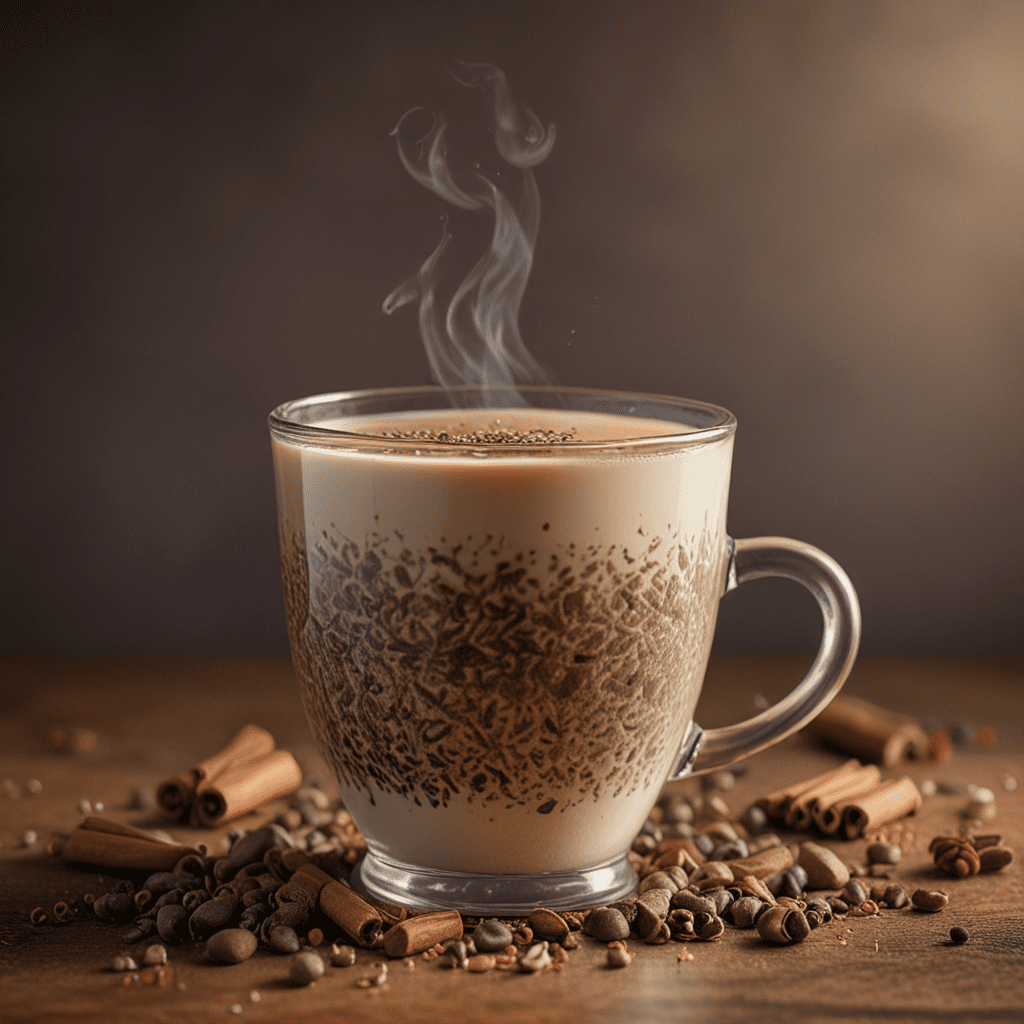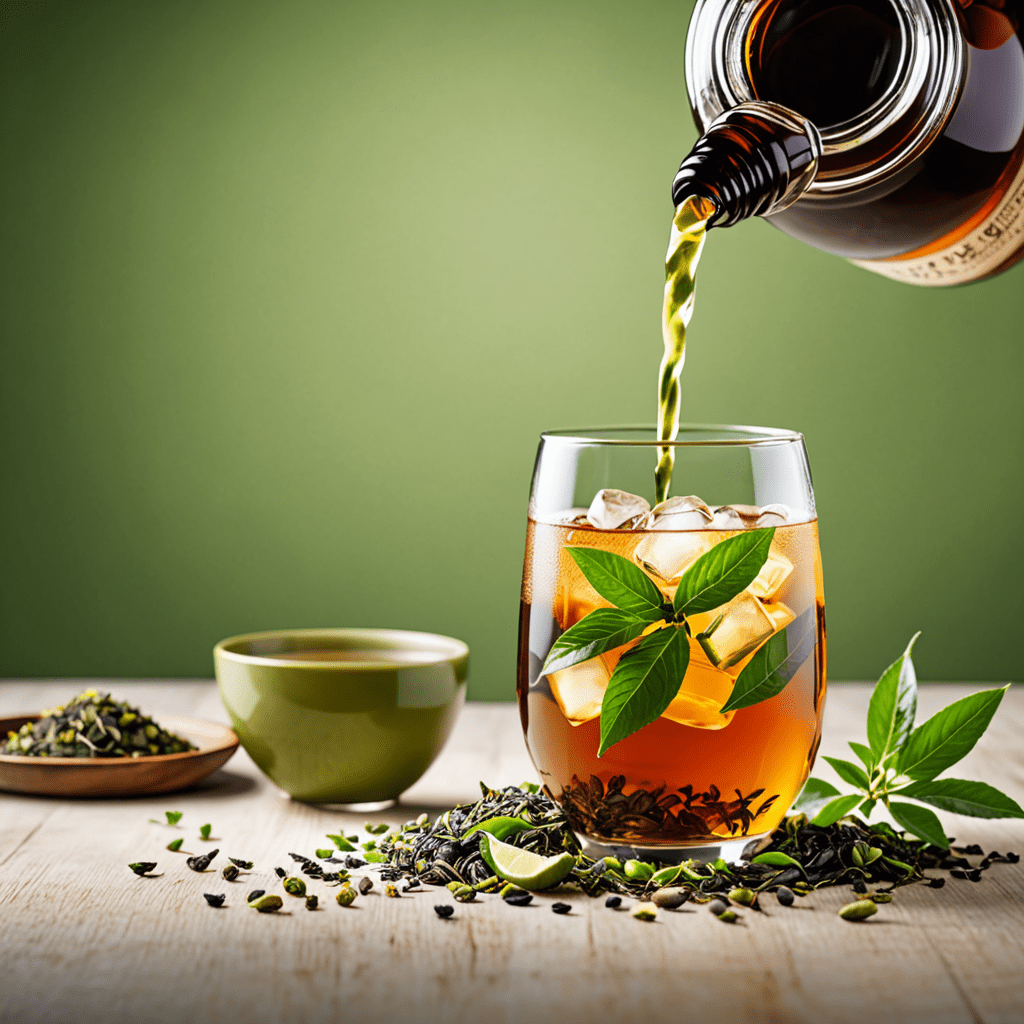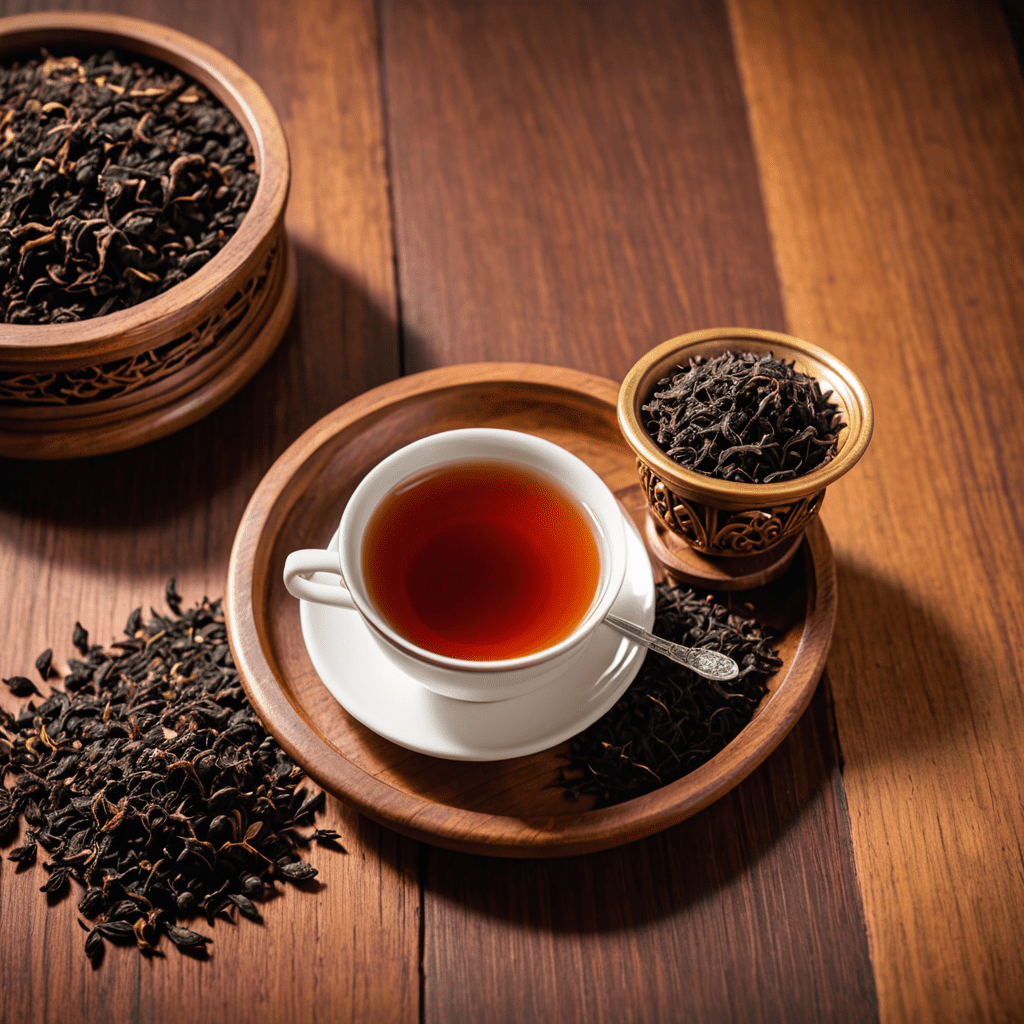
Introduction: Chai Tea – A Culinary Elixir
Chai tea, a captivating beverage shrouded in history and tradition, is an aromatic blend of tea, aromatic spices, and milk. This enchanting brew, originating in the heart of India, has captivated taste buds and hearts worldwide, becoming a cherished staple in many cultures. Chai, meaning "tea" in Hindi, personifies a culinary masterpiece that seamlessly intertwines flavors and health benefits.
Origins and Cultural Significance: Chai's Journey Through Time
Chai's genesis can be traced back to centuries-old Ayurvedic practices, where it was believed to possess medicinal qualities. It gained prominence during British colonial rule in India, evolving into the beloved beverage we know today. Over time, chai transcended geographical boundaries, becoming an integral part of diverse cultures, each leaving a unique imprint on its preparation and consumption.
Spices Unveiled: The Aromatic Symphony of Chai
The alluring aroma of chai stems from an exquisite symphony of spices. Cinnamon, with its warm and sweet notes, melds harmoniously with the earthy and pungent flavor of ginger. Cardamom's distinctive fragrance adds a hint of citrus, while cloves contribute a subtle yet assertive touch. Black peppercorns lend a dash of spiciness, invigorating the senses and creating a captivating blend that lingers on the palate.
Health Benefits: A Tea with Therapeutic Potential
Beyond its tantalizing taste, chai possesses a plethora of health-promoting attributes. Its potent antioxidant properties combat free radical damage, safeguarding cells from oxidative stress. Ginger, a key ingredient, aids digestion and alleviates nausea, while black tea boosts alertness and focus. Additionally, studies suggest chai may support heart health and reduce inflammation.
Brewing Perfection: The Art of Crafting Chai
Brewing the perfect cup of chai is an art form that requires precision and care. Traditionally, chai is prepared by simmering black tea, spices, and milk in a pot. The ideal ratio of ingredients ensures a balanced and flavorful concoction. The tea leaves should be steeped for an optimal duration to extract their full flavor, while the spices should be added whole to allow their aromas to fully bloom.
Chai Variations: A Culinary Tapestry of Flavors
Chai transcends its traditional form, with countless variations emerging to cater to diverse palates. Masala chai, the classic iteration, remains widely beloved, while cardamom chai showcases the aromatic spice's prominence. Ginger chai exudes a vibrant spiciness, and saffron chai unveils a regal touch with its luxurious golden hue. Chai lattes, with their frothy milk, provide a creamy indulgence, while iced chai offers a refreshing respite. The possibilities are endless, inviting tea enthusiasts to embark on a captivating culinary journey.
Chai in Culinary Delights: Sweet and Savory Explorations
Chai's versatility extends beyond the realm of beverages. Its alluring flavors grace a myriad of culinary creations, adding a touch of exoticism to both sweet and savory dishes. Chai-infused desserts, such as chai panna cotta and chai cupcakes, tantalize taste buds with their aromatic nuances. Chai ice cream offers a refreshing twist, while chai cookies provide a delightful crunch. Culinary enthusiasts venture into savory territories, incorporating chai into marinades, sauces, and even soups, resulting in a symphony of flavors that captivate the senses.
Chai as a Cultural Touchstone: Rituals and Gatherings
Chai transcends its role as a beverage, becoming deeply ingrained in cultural traditions. In many societies, chai holds a sacred place, served as a gesture of hospitality and connection. Chai is often shared during social gatherings, fostering a sense of community and warmth. Chai stalls dot street corners, becoming vibrant hubs where locals and travelers alike converge to savor the aromatic brew and engage in lively conversations. Chai's ability to bridge cultural divides and create a shared experience is a testament to its universal appeal.
Chai’s Artistic Influence: Inspiration and Expression
Chai's captivating flavors and aromas have ignited inspiration in the hearts of artists, writers, and musicians. Its essence has been captured in literature, poetry, and paintings, each piece reflecting a unique interpretation of chai's allure. Musicians have woven chai's aromatic tapestry into melodies, creating evocative compositions that transport listeners to the vibrant streets of India. Chai's artistic influence extends to fashion and design, where its rich hues and exotic patterns adorn textiles and inspire captivating creations.
Chai’s Future: A Beverage of Innovation and Delight
As chai continues its global journey, it faces an exciting future brimming with innovation and experimentation. Tea blenders are crafting unique chai blends, introducing novel spice combinations and incorporating exotic ingredients from around the world. Chai-based cocktails and mocktails are emerging, offering a refreshing twist on the classic beverage. Culinary explorers are pushing boundaries, utilizing chai's versatility in inventive recipes that showcase its multifaceted flavors. Chai's future is as vibrant and aromatic as the beverage itself, promising a continuous stream of delightful discoveries.
FAQs
What is the best way to brew chai?
For an authentic experience, simmer black tea, spices, and milk in a pot. Allow the flavors to meld for an optimal duration.
Can chai be made without milk?
Yes, chai can be prepared without milk by substituting water or a plant-based alternative.
What are some popular chai variations?
Popular variations include masala chai, cardamom chai, ginger chai, saffron chai, and chai lattes.
How can I incorporate chai into my cooking?
Chai's versatility extends to culinary creations. Experiment with chai-infused desserts, marinades, sauces, and soups.
What is the cultural significance of chai?
Chai transcends its role as a beverage, becoming deeply ingrained in cultural traditions, rituals, and gatherings.

